How do we lay the groundwork for meaningful conversations and positive relationships with our kids that last a lifetime?
No matter whether my clients are in their 20s or their 80s, we explore this question as part of our parent coaching work together. As human beings, life is all about relationships. Relationships are what matter most to our happiness.

Conversation is key to growing a relationship.
Conversations can create emotional safety and connection, stir a feeling of being seen and heard, and open up new ideas to explore. And conversations can do the opposite, making us feel blamed, shamed, left out or misunderstood. So, as parents, it is vital to learn the art of meaningful and effective communication with our children of all ages.
Many small conversations work better than a few big talks
Children learn through thousands of small conversations instead of a few big talks. The good news about this is that we have many opportunities to try again when conversations don’t go as well as we hoped. We can learn the art of conversation as we experiment with ways of structuring our conversations, using nonverbal cues to create safety, and avoiding pitfalls.
It’s great to start having good conversations when our kids are young, and it’s never too late…
Our kids start learning conversation skills before they can talk. They observe and feel how people listen, respond and react to each other. The content of our conversations changes as they get older, so it’s helpful to learn how to open up conversations about important topics as well as conversations about hard or awkward things we and our kids might want to avoid.

The BRIEF Model of Conversation
In her book 14 Talks by Age Fourteen: Essential Conversations You Need to Have with Your Kids Before They Start High School, Michelle Icard has distilled 14 essential “BRIEF” conversations for parents to have with their kids before they get to high school. Through experience working with thousands of middle schoolers and parents, Icard can teach us how to have effective conversations through personal experience, humor, and helpful examples. She also offers expert guidance on how to avoid “conversation crashers” – questions and comments that take the warmth and wind out of any conversation. Her core “BRIEF” conversation model helps parents navigate any conversation with their child, teen or parenting partner.
How does the BRIEF model work?
In this blog, I’ll share my take on Icard’s BRIEF framework. This brilliant acronym reminds us that conversations are often best kept brief for greatest impact when talking with kids and adolescents. You can apply it to any topic, as long as the other person is willing to talk for a minute or more. Icard walks you through BRIEF conversations on fourteen different topics to help you get the conversation going. I’ll offer you my own sentence starters based on hers. You can apply these conversation ideas to whatever topic is on your mind.
B – Begin Peacefully
Open a conversation in a friendly way, recognizing how the other person might be feeling or what they might be doing when you start talking with them. When people are at ease and feel seen, they are more open to listening and learning.
Some possibilities include:
- Make a non-judgmental observation [“I see your texting with a friend/ playing with Legos / having some down time. (You can talk about that topic a bit first or move into the topic you want to discuss.) Mind if we talk for a few minutes?”]
- Let the person know the purpose of your conversation – to check in, hear how they’re doing, and/or discover their thoughts. [“So, I heard a statistic today that I wanted to check out with you to see your take on it…/ I know team announcements got made today. How are you feeling about that? / I’ve been thinking about something I wanted to hear your thoughts on.” ]
- Offer an alternative time for the conversation that is convenient for them [“It looks like you’re…, when is a good time later today that we could talk for a few minutes? I have something I wanted to ask you about.”]
R – Relate to your Kid/Partner/Friend
To help put the other person at ease, it helps if you can open a conversation by relating to their feelings. Take a conscious breath or two if you are nervous. Then, remind yourself that your conversation can be brief and warm, even if it’s about a hard topic. Relax the muscles of your face to help you have what Michelle Icard calls “Botox Brow” (a smooth brow that isn’t wrinkled with worry, anger or feeling). Or, you can imagine your face like a calm lake – whatever metaphor works for you.
You might open with:
- “I know this is hard. It can feel…. when…I’m here to support you.”
- “I realize you’ve been… and it can help to get the truth out in the open / talk about your feelings to feel better.”
- “I get it. You might be feeling… I’m here to work with you to figure out a solution that works for you.”
I – Interview to Collect Data
Now that you have eased into a conversation and related to how the other person might be feeling, you can seek information. Maintain your neutral stance and focus on asking open-ended questions. Sometimes I like to imagine my child is someone else’s child who I’m interviewing to keep my emotions at bay. “What” or “How” questions tend to yield the most interesting information.
Here are some interview starters you could try:
- “What do you think helped lead to this situation?”
- “How did these other kids get involved?”
- “At what point did you know things were getting risky/uncomfortable?”
- “What types of thoughts went through your head when…”
- “How many other kids do you think are…? What do you base that estimate on?”
E – Echo what you hear
Now it’s time to check your understanding of what the other person has told you by echoing what you’ve heard and offering space for them to add anything else or correct a misunderstanding. Echoing serves to validate the other person because you show you have been listening and paying attention.
Ways to echo what you’ve heard include:
- Simply say what you’re hearing: “It sounds like…” or “I’m hearing that…”
- Summarize the key facts that have been shared: “Ok, so you’ve told me that…”
- Use the other person’s words in a question: “So when you say that…, does that mean…? “Am I understanding correctly that…?”
F – Feedback
Now that you have listened carefully, you can offer feedback or state the boundaries for your family, relationship, or situation. I like to thank the other person for sharing or talking with me, and ask if they’d like some feedback in situations that don’t require boundary setting.
Some possible ways to give feedback could be:
- If a mistake has been made, you might say something like, “I appreciate/like/am glad that you…, and yet asking for help/ telling the truth / saying no is important in this situation. Next time, I’d like you to ….”
- If you’ve been preparing your child for something that may happen in the future, you might say, “I’m glad to know that… If and when … happens in the future, I’d like you to remember that our family’s rules are…/ think about what you value before… / consider how… when you…”
- If you’re collaborating on a repair or plan, you might say, “I have some ideas/feedback. Are you interested in hearing my thoughts?” Then you can share once you’ve gotten confirmation of interest.
- If a clear and rapid consequence needs to be set, you can move directly to what will be happening. “I know you might have thought…However, now we need to limit… so that you can…I will support you by…”
Switch the Conversation to Bring in Fresh Air
In order to assure your child or the other person that you are not going to belabor the point, you can switch to a new topic in a smooth way.
Here are some ways to shift gears:
- “Thanks for talking with me. I appreciate your point of view. Now let’s focus on dinner / homework / getting you to your friend’s house.”
- “Alright then. I’m glad we talked about that. Now I’d like to hear about something fun. Have you seen /heard about the new movie /song/ restaurant/ show etc. coming out?”
- “Okay. Let’s go on a walk/sit outside/bike/throw a ball. I need to get some fresh air. How about you?”
Lessons from the Field
My kids are now all older than 14 and I’m grateful for all the conversations we’ve had and continue to have. Over the years, I have made plenty of mistakes along the way, and learned from each of them. Michelle Icard’s “Conversation Crashers” will help you avoid some of those mistakes. I wish I’d had this book when my kids were in middle school. Instead, I learned “on the job” through trial and error, reading, talking, and repairing when mistakes were made.
My family can now laugh about some of the conversations that fell flat or went awry. We have compassion with each other and have learned ways to navigate through more difficult topics. Two of my favorite personal mantras that I say to myself are “Listen” and “Keep the conversation going.” This means that I might choose to lighten up, shift gears, or be quiet in order to make sure my child keeps talking and feeling heard.
Become a conversation maven by having conversations informed by your experiences. “Go forth unafraid!” as that famous motto says. Over time, you will tweak these ideas to suit each child you have. They will give you feedback on how you are doing with how they act and what they say. You can use these “BRIEF” ideas with partners, friends, and colleagues as well. Listen and they will guide you.
Reach out if you need support.
If you need help along the way, schedule a Clarity Call or bring up your challenge on a parent coaching call. We can discover what is making a conversation hard for you, role play, and help you develop the confidence and skill you need to have these essential conversations. My clients find these sessions to be highly useful for preparing for conversations.
Most of my blogs offer conversation tips. You can skim through the titles to see what topics interest you.
Links to learn more about Michelle Icard’s work:
Enjoy learning about some highlights of 14 Talks by Age Fourteen: Essential Conversations You Need to Have with Your Kids Before High School in this 58-minute video interview with Michelle Icard about her book.
Purchase Michelle Icard: 14 Talks by Age Fourteen: Essential Conversations You Need to Have with Your Kids
Check out these wonderful books for more ideas on communication and conversation:
What Do You Say?: How to Talk with Kids to Build Motivation, Stress Tolerance, and a Happy Home by William Stixrud, PhD and Ned Johnson is a wonderful guide to help you learn to engage in respectful and effective dialogue with kids, especially over age 10. They have years of experience for when conversations get thorny or drop off. This book is full of relatable stories, helpful dialogues, and insightful ways to give feedback, discuss boundaries, problem solve and more with more confidence and skill.
Nonviolent Communication: A Language of Life, 3rd Ed. by Marshall B. Rosenburg, PhD is an excellent explanation and overview of a way to create connection through compassion and conversation so that everyone’s needs can be met. My clients and I have found this book to be deeply inspiring and helpful to improving relationships between parents and between kids and parents.
Related Blogs with ideas for conversations:
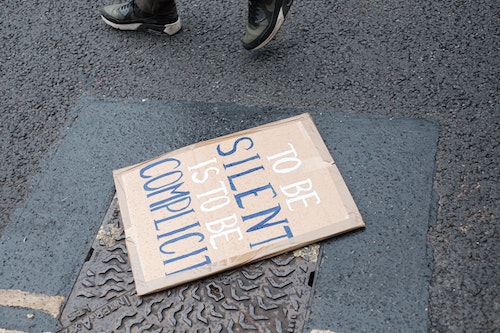


Who I serve: I coach parents from coast to coast in the US and internationally. Thanks to Zoom, I am currently coaching parents from Boston to Seattle, Connecticut to California, as well as New York, Ohio, and Colorado. I’ve worked with parents in Bermuda, Japan, Portugal, and Canada as well. I’m grateful for these global and domestic connections!
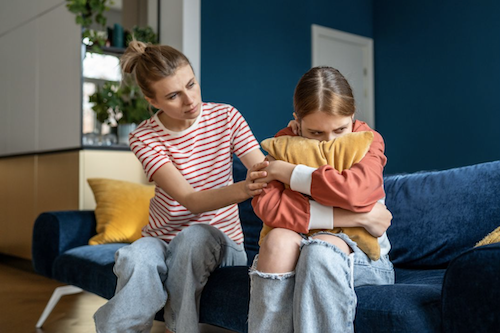
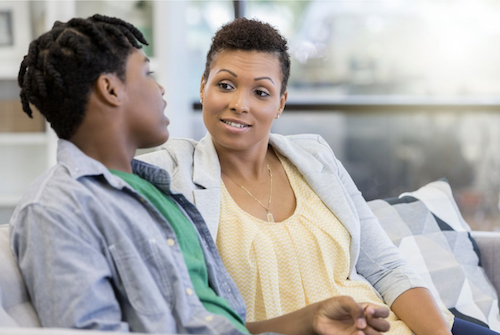
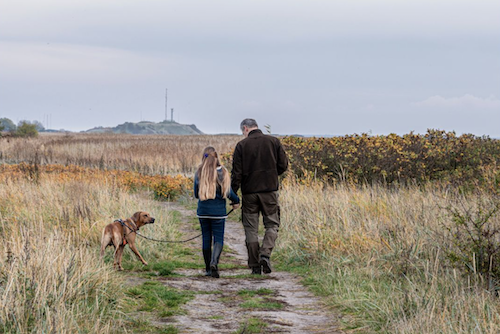


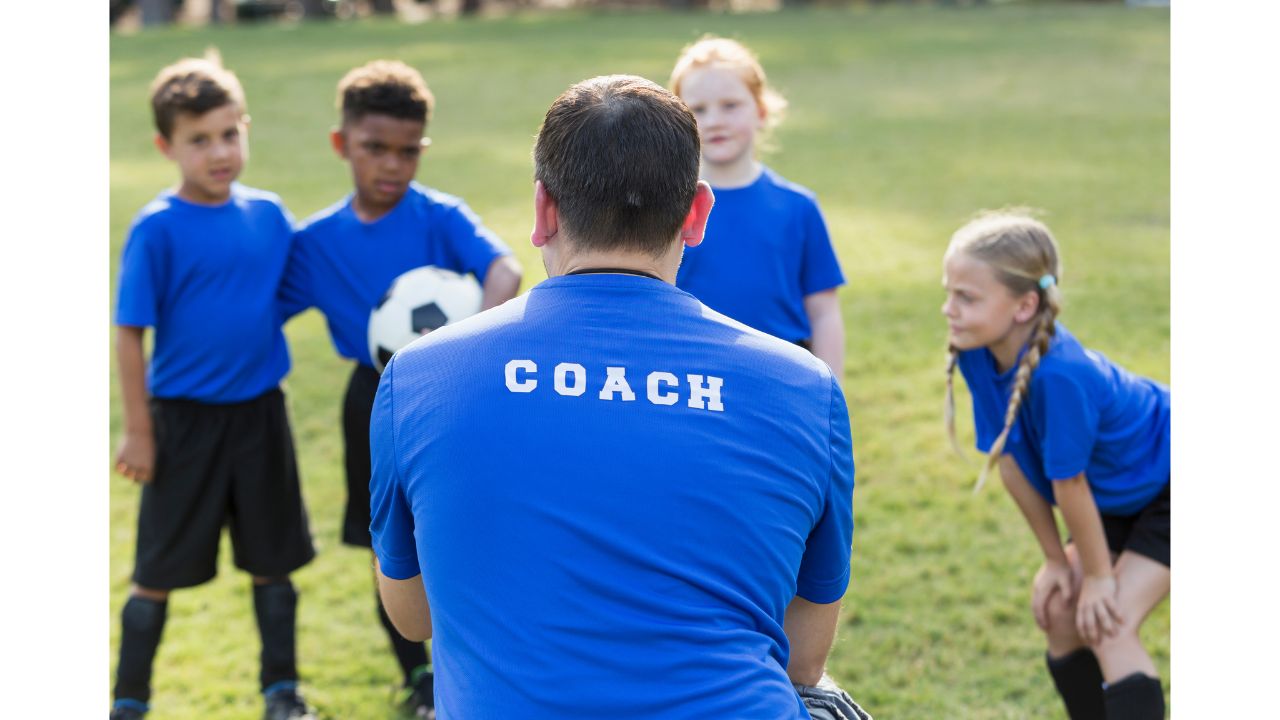



Leave A Comment